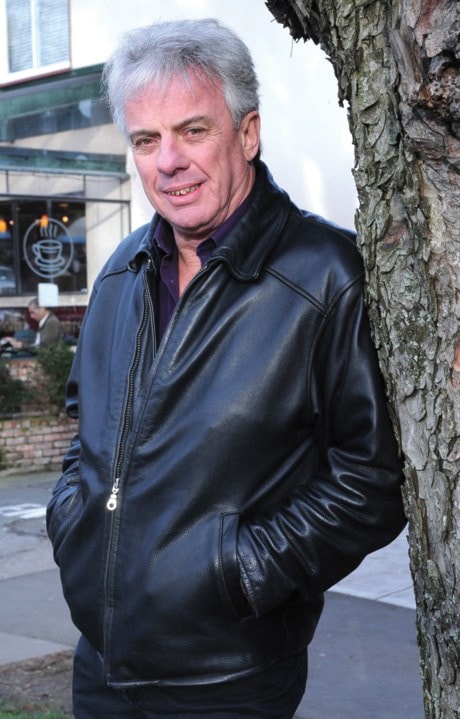Armed only with ginger ale, a bowl and a candle, Bob McDonald won over a cafeteria full of young students.
McDonald recalls demonstrating an “invisible fire extinguisher,” using the carbon dioxide in pop fizz to extinguish a flame. This is among the tricks Canada’s best-known science journalist has used to get children interested in the basic principles of science.
“You can introduce kids to the most complicated subjects, but as long as you bring them into it in a very straight forward way, they’ll stay with you,” said McDonald, who relocated from Toronto to Victoria last summer.
“You’ve got to make it look magical and then say, ‘No, it’s not magic; it’s science. Science can be magical and it’s wonderful.”
The host of several past children’s television shows and CBC’s long-running radio science program, Quirks & Quarks, McDonald doesn’t limit using fun to just teaching kids.
He studied English, philosophy and theatre and has been able to stay at the cutting edge of science journalism simply by coming to interviews prepared. He writes about science news using standard tenets of good storytelling: settings, characters, plot lines and tension.
Since his days working at the Ontario Science Centre in the 1970s, where he was occasionally asked to comment on local news programs, McDonald has demonstrated a knack for engaging these skills and translating complex scientific happenings into terms the general public can understand.
“It’s not about me,” he said. “It’s about the stories. I just happen to have an entertaining way of telling the stories that people like. … As journalists we offer stories. We’re not handing out PhDs; we’re entertaining people.”
Larry Yore, a retired distinguished professor from the University of Victoria’s department of curriculum and instruction and expert in the field of science education research, sympathizes with the task laid on journalists when it comes to reporting on scientific matters.
“If you’re not aware of the subtle differences in how scientists use language and how we, as lay people, use language, you frequently miss the message that is being transmitted,” said Yore.
“As an interface between those communities, (journalists) are constantly looking for ways in which you can keep the spirit of the message, but get it across in lay terms,” Yore said. “That is a very difficult task.”
McDonald doesn’t limit what topics he’ll cover, but during his formative years he followed early space exploration. That contributed to a lifelong passion for everything extraterrestrial.
Medical science, however, has presented some challenges, he admits, particularly around some of the physiological terminology.
“There’s a difference between being stupid and being ignorant,” McDonald said. “I see myself as a translator between people who speak a foreign language – science – and the person on the street. Sometimes when I get a guest who (falls back on) scientific jargon, I’ll stop the tape and say we have to speak in plain English. … It’s not dumbing it down. It’s clarifying. It’s making it clear, so that it’s understandable because that’s our job.”
With with help of three producers, McDonald continues to produce Quirks & Quarks from the basement of his home in Victoria’s Fairfield neighbourhood.
McDonald was honoured with the Order of Canada in 2011 and holds six honorary degrees from Canadian universities. He has published several books, including “Measuring the Earth with a Stick: Science as I’ve Seen It,” a collection of essays recounting his experiences as a science journalist.
McDonald is the inaugural speaker for the AXYS Group Distinguished Lecture series hosted by the University of Victoria’s faculty of science, which begins today (March 14). McDonald’s lecture on his experiences in science and technology is sold out, and no tickets will be available at the door.
nnorth@saanichnews.com
